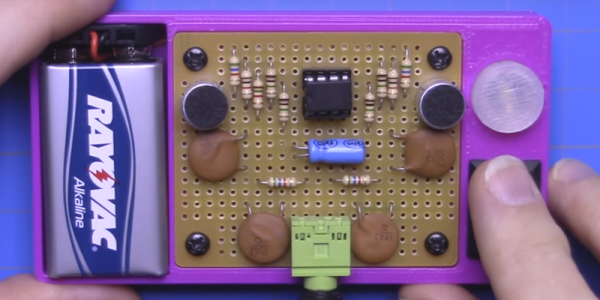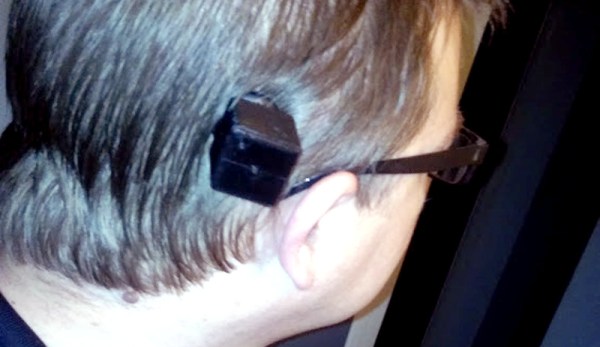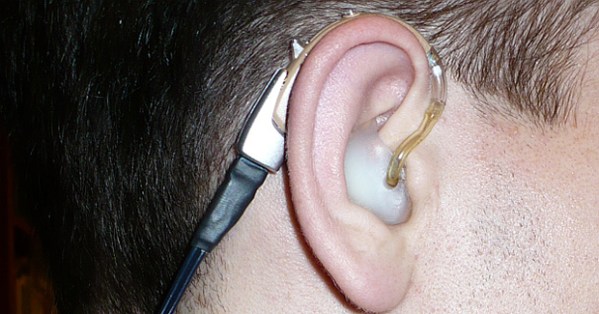Cyborgs walk among us, but for the time being, it’s really only people with glasses, contact lenses, the occasional hearing aid and the infrequent prosthesis. As with all technology, these devices can be expanded into something they were not originally designed to do – in [Gertlex]’ case, the superpower of listening to music through his hearing aids. he gets a few strange looks from wearing a Bluetooth headset around his neck, but the power to turn his hearing aids ito what are effectively in-ear monitors is a great application of modified electronics.
[Gertlex] began with a Bluetooth headset, his hearing aid, a few resistors, some wire, a 3.5mm audio connector, and an absurdly expensive DAI cable. The DAI cable – Direct Audio Input – is a pseudo-standardized feature on many hearing aids. as its name implies, it allows the wearer of a hearing aid to pipe audio directly into their ear.
By cutting up one of these $50+ DAI cables, [Gertlex] was able to construct a DAI to 3.5mm adapter cable. From there, it was simply a matter of installing a 3.5mm socket on a Bluetooth headset.
It’s a brilliant build, with the most expensive component being the DAI connector itself. [Gertlex] has a few ideas for making these connectors himself – they’re really only three pins and some plastic – and we’re hoping he gets around to that soon.















